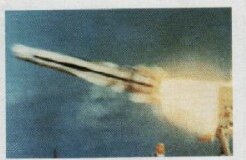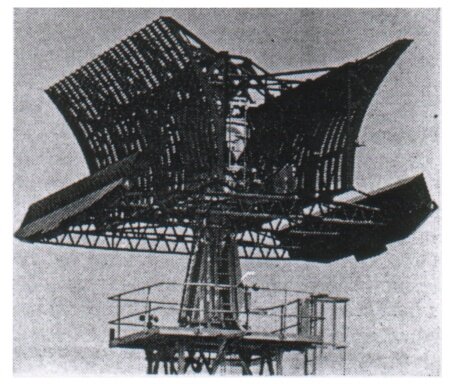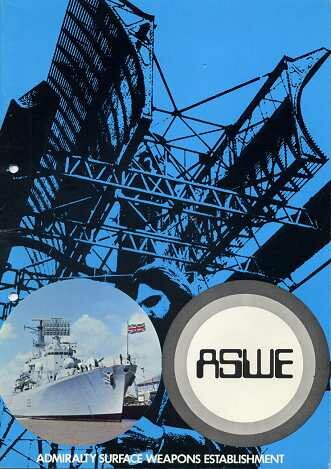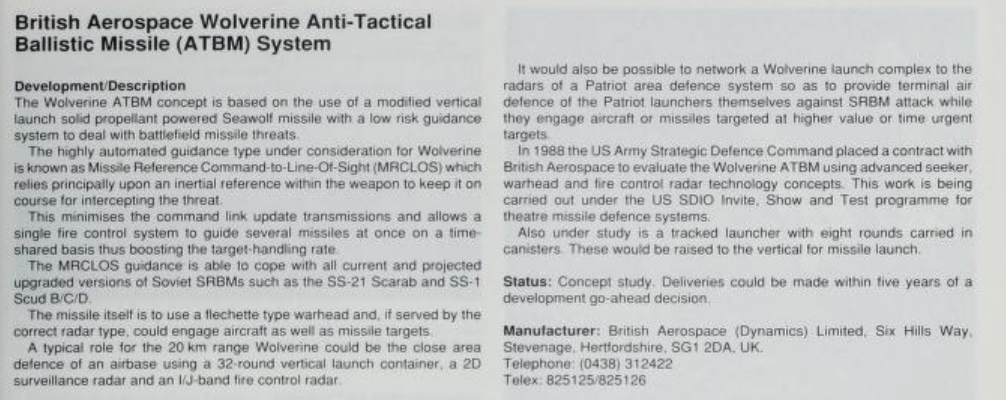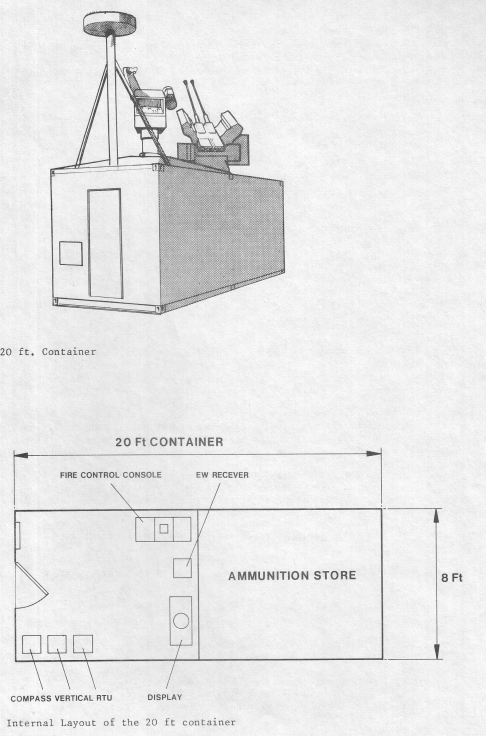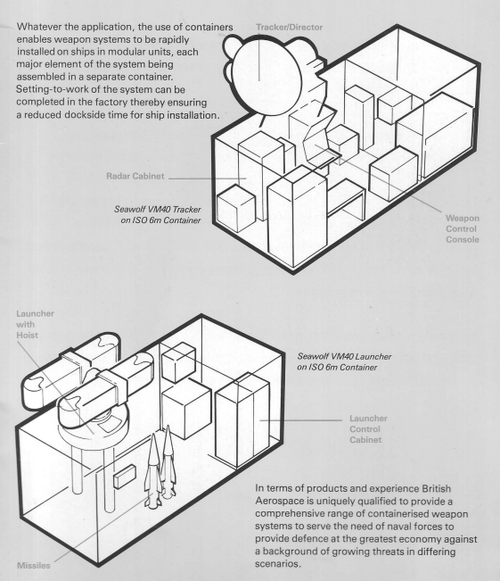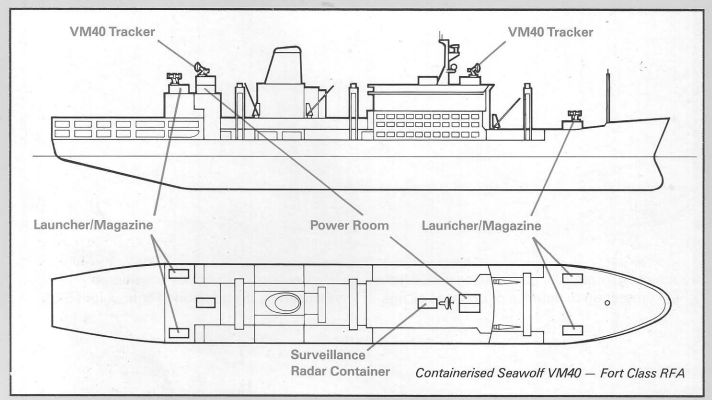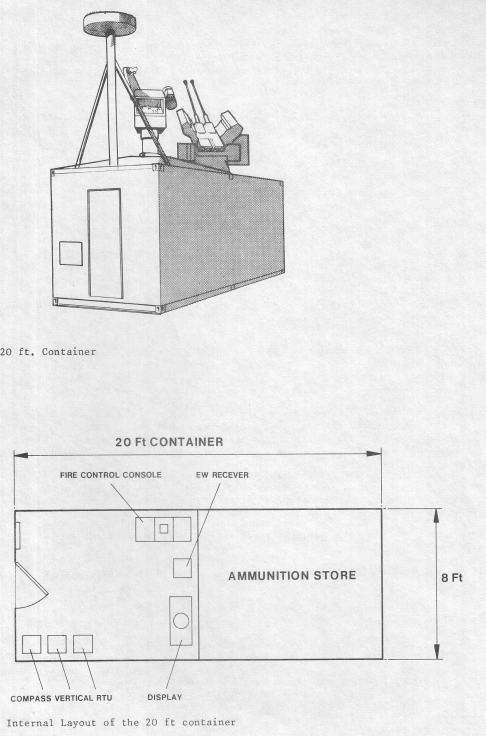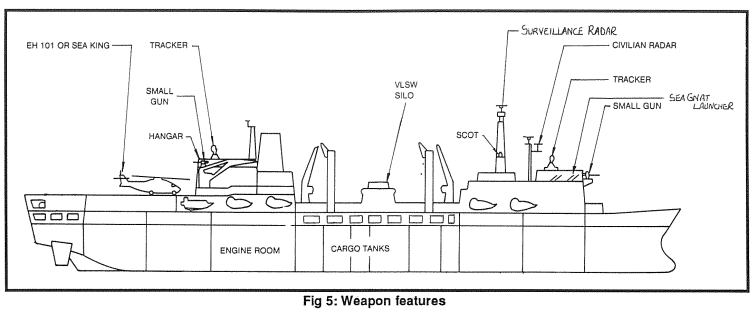- Joined
- 27 May 2008
- Messages
- 1,178
- Reaction score
- 2,482
This was Sea Dart Box Fire, basically what you see in the diagram. During my brief involvement I worked for the chap who ran the demo in the picture below. The demo was the box, a live Chow and flight worthy but empty airframe. The one off missile test was fired at the gun range at Portsmouth which upset quite a few locals*. As far as I know, had the system made it into service, the Sea Dart in the box was a regular round.
The idea was distribute boxed rounds around small ships in a task group and use a capital ship with 909 illuminators thus extending the area covered. The tricky bit was getting the missile into the acquisition attitude/bearing considering the box was fixed to the deck. The scheme was to heal the ship at just the right timing whilst in a turn ..... Never really proven but there was a plan and ship guiding kit proposed to make it possible.....ish.
The 909 was very powerful so it could provide illumination well in excess of Sea Darts normal range;-Indeed so powerful there were concerns about health effects and even pyro cook off, if it accidentally picked up a friendly helo returning to the ship (hence close range) if left in automatic lock up mode.
*the test was hush-hush so the locals were not inform. The test site was rather under used and when it was, only relatively small pops. This test was very loud, really loud , the noise was of a considerably longer duration than normal and hence it caused a bit of a surprise. Of course it made the local news which defeated the object of being hush-hush.
The idea was distribute boxed rounds around small ships in a task group and use a capital ship with 909 illuminators thus extending the area covered. The tricky bit was getting the missile into the acquisition attitude/bearing considering the box was fixed to the deck. The scheme was to heal the ship at just the right timing whilst in a turn ..... Never really proven but there was a plan and ship guiding kit proposed to make it possible.....ish.
The 909 was very powerful so it could provide illumination well in excess of Sea Darts normal range;-Indeed so powerful there were concerns about health effects and even pyro cook off, if it accidentally picked up a friendly helo returning to the ship (hence close range) if left in automatic lock up mode.
*the test was hush-hush so the locals were not inform. The test site was rather under used and when it was, only relatively small pops. This test was very loud, really loud , the noise was of a considerably longer duration than normal and hence it caused a bit of a surprise. Of course it made the local news which defeated the object of being hush-hush.
Attachments
Last edited:

